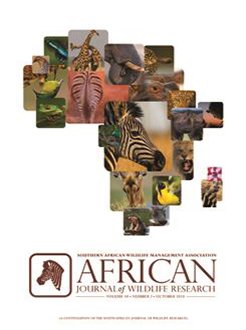Agricultural intensification can result in extremely fragmented landscapes with typically only small natural areas remaining. The South African macadamia industry is expanding dramatically, with over 5000 ha planted per year. Remaining natural vegetation around macadamia orchards will be key to retain important ecosystem services such as biological pest control of insects provided by, amongst others, insectivorous bats. We evaluated how the activity of bat species on macadamia farms within different land-use mosaics is related to general insect abundance and what role the phenological stages of macadamias play. Recordings of bat echolocation and insect light trap collections were conducted (July 2019 – March 2020) at different edges of land-use types on two macadamia farms in Hazyview, South Africa. Results showed that edge type significantly influenced bat activity and insect abundance with natural vegetation edges recording the highest bat activity (n = 3153) and insect abundance (n = 16 524). River edges (bat n = 1635, insect n = 11 284) presented lower activity and abundance than natural edges but still double that of road edges (bat n = 695, insect n = 3743). Bat activity was also higher during developing-nut and mature phenology stages when pest insects peak. Bats from all foraging guilds were recorded during the study, which points towards a more intact bat assemblage within the study area compared to other macadamia areas in South Africa. Our study highlights the importance of retaining natural vegetation within an agricultural land-use mosaic to maintain biological pest control.
How to translate text using browser tools
6 December 2022
Natural Vegetation Edges Promote Bat Activity in Macadamia Orchards in Northeastern South Africa
Emma Swartz,
Sina M. Weier,
Mariëtte E. Pretorius,
Mark Keith
SIGN IN TO VIEW ARTICLE
agriculture
agroecosystem
Chiroptera
foraging guilds
land-use change
pest control






